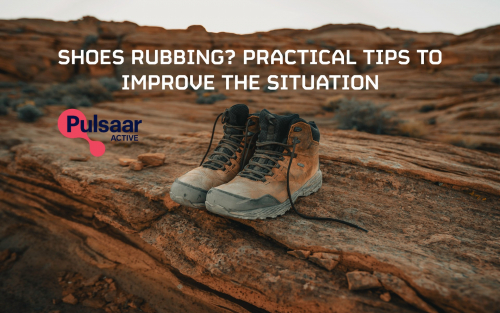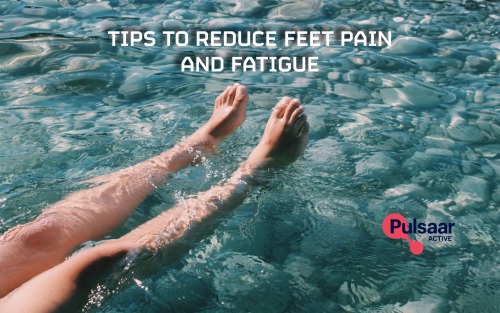Back pain is a global problem that strikes men and women, rich and poor, and is the second most reported complaint that makes people see a doctor. During their lifetime, 8 in 10 people have experienced at least one back pain episode. Though in 70% of cases the back pain alleviates without any special treatment, in 7 to 10% of people the back pain becomes chronic and lasts for more than 12 weeks or even a lifetime, affecting the quality of life.
Back pain may be caused by many factors: e.g., sedentary lifestyle, excessive weight, incorrect posture, exhaustion, unsuitable working environment, substandard footwear, tight clothing, unsuitable bed and mattress, poor vision, etc. It cannot be denied that psychological and emotional well-being or the ability to deal with various daily stress factors also affects back health.
What is the spine structure?
The spine consists of 32 to 34 vertebra and acts as the body’s axis. The vertebra are stacked, and connected by structures including intervertebral joints, ligaments, and intervertebral discs. A healthy spine is S-shaped: in the cervical, lumbar and coccyx part it arches forward, while in the thoracic and sacral part backward. This physiological arching and intervertebral discs ensure that various impacts during the movement of the human body are absorbed, while the spine is held vertical by the back muscles and ligaments. Laterally, intervertebral foramina form between two stacked vertebra. The foramina house the nerves of the spinal cord that run to various parts of the body and ensure their sensitivity.
As moving vertically loads the spine more than crawling, the intervertebral discs are subjected to the least pressure in the supine position when the legs are raised and placed, for example, on a large athletic ball, chair, or another surface of similar height. When standing, the pressure on intervertebral discs increases 3-fold, while in the sitting position 11-fold. People sit for approximately 60% of their life. So, if you sit at work to relax and relieve your intervertebral discs, it is important to lie down to rest on a hard surface with your hips and knees bent and your feet on an elevated surface.
Importance of ergonomics and proper posture
Every time a person bends down, picks something up, carries an object, gravity, bodyweight and the carried object’s weight affect the spine. All movement, except supine position, loads the spine; thus, it is important not only to know and remember, but also apply the principles of ergonomics daily. The most important basic rules: when bending down and picking up an object, bend the knees, activate your abdomen muscles, and keep your back straight. Also keep this object as close to your body as possible. Do not lift in a rotational movement, as this mostly causes injuries to the spine and neighbouring structures. Correct posture and spinal health are extremely important, as back muscles try to compensate posture asymmetry if posture is not correct. For example, stabilise the pelvis if the lumbar lordosis is more arched. This, in turn, results in muscular exhaustion, fatigue, tension, pain and overload of other anatomical structures: ligaments, joints, and internal organs resulting in circulation disorders.
Lumbar pain
Most often, back pain occurs in the lumbar area (waist and the small of the back). Lumbar pain mostly occurs for the following reasons:
weak muscles, imbalance;
insufficient and/or unsuitable physical activity;
posture changes and bad daily posture;
incorrect lifting of weights;
unsuitable working environment and working habits;
stress, exhaustion, lack of work and private life balance;
inadequate bed: too soft, mattress used for an excessive period.
All these causes can be changed. Re-consider your daily habits, think about not only your standing, but also sitting posture, set up an ergonomic working space, regularly engage in correct physical activity, find a work and private life balance to reduce daily stress levels. Good-quality footwear and comfortable, loose clothing, healthy diet, and a comfortable bed (an orthopaedic bed is recommended) are also important.
It is never too late for the right and regular physical activity! Do some exercises and enjoy the healing power of movement, improved health, and general well-being.
Dr. Sp.sc. Ieva Zvīgule
Certified Physiotherapist
Vingrosev.lv


